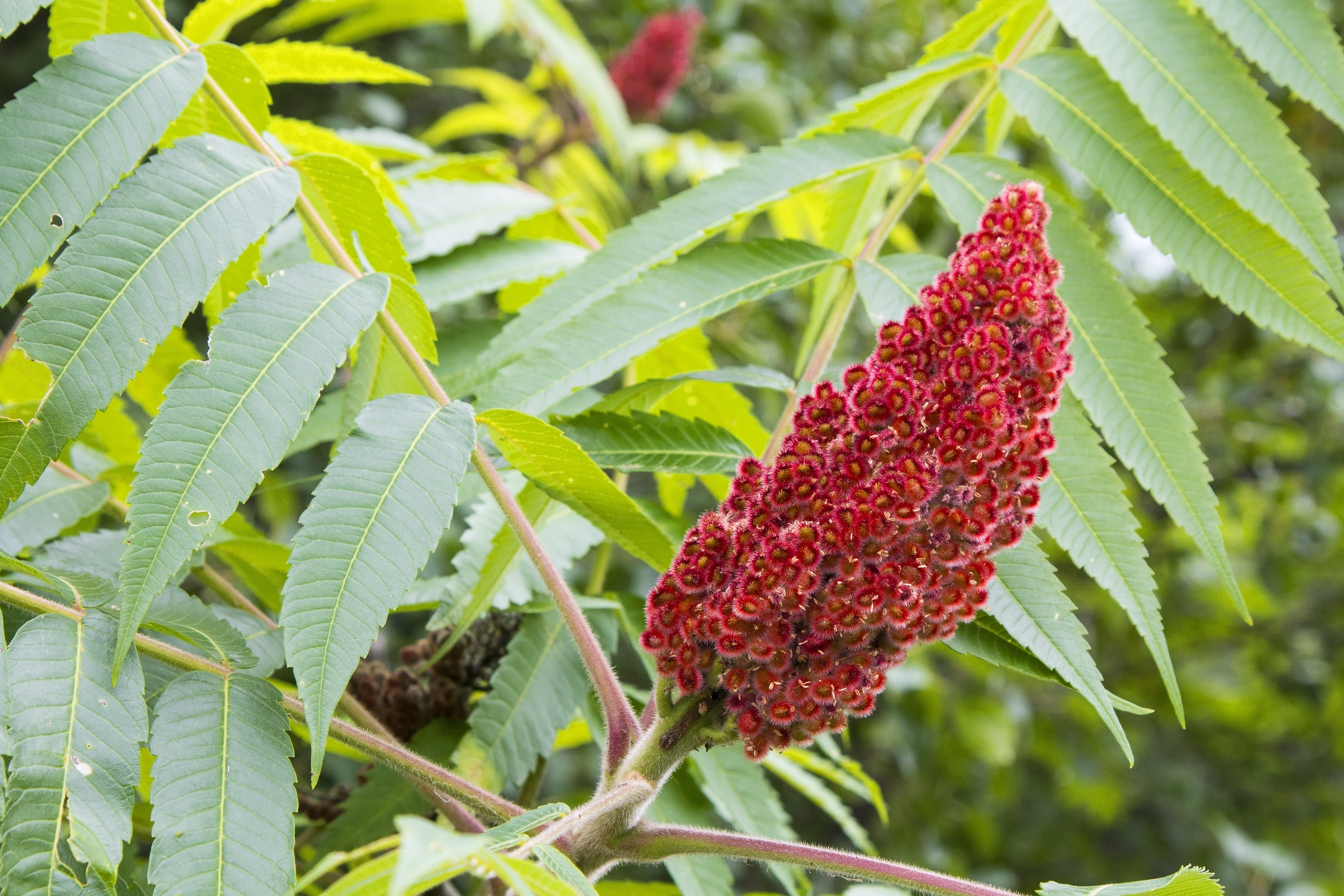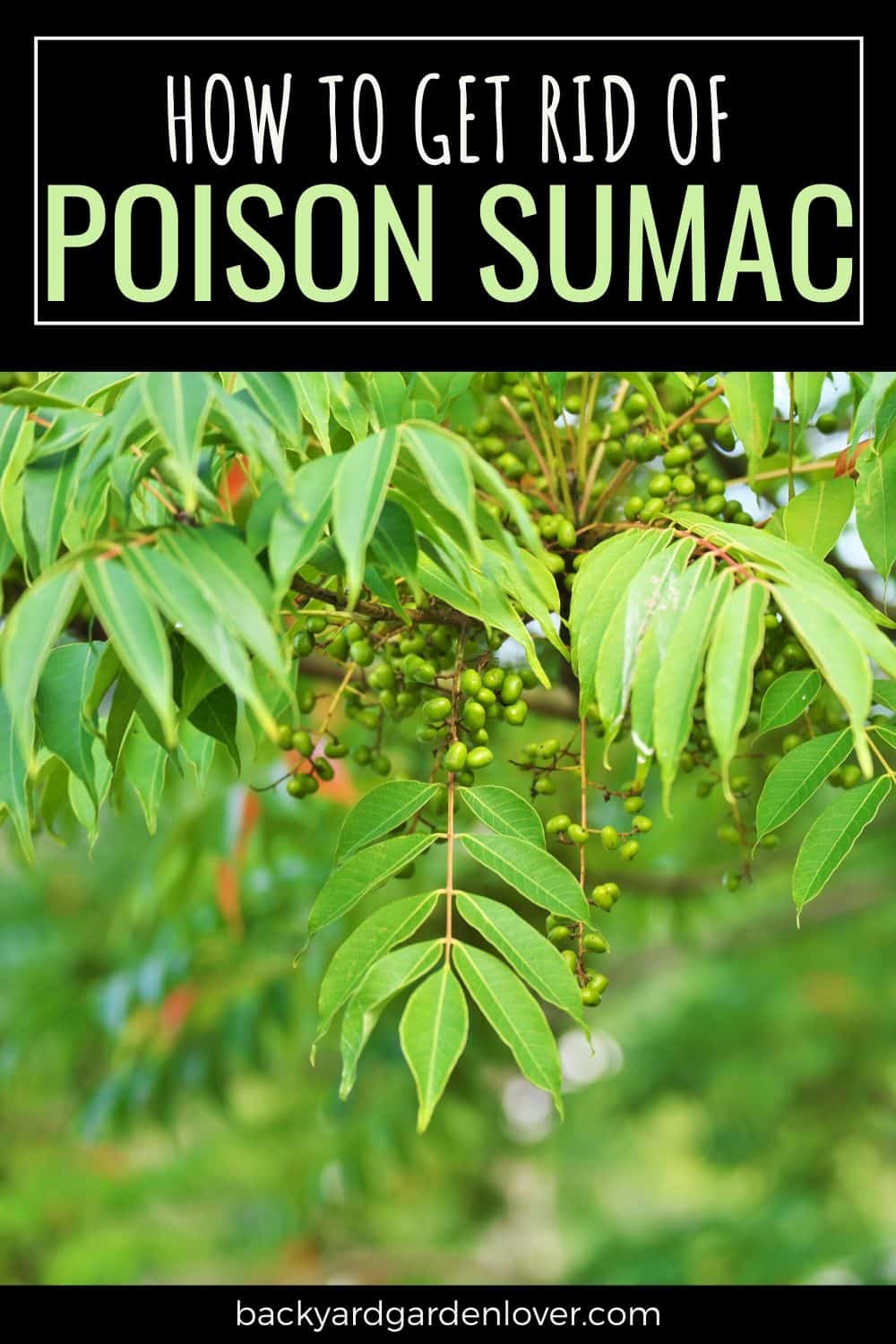african sumac tree poisonous
Its fine textured foliage varies from pale green to deep olive-green and has a resinous smell when crushed. Branches are reddish to brownish-gray.

Deadly Plants Wild Plants Trees To Plant
A Rhus lancea African Sumac can be trained to a single trunk or allowed to grow into a multi-trunk tree with a look that resembles an olive tree.

. The staghorn sumac Rhus typhina is a loosely formed shrub or weedy tree of fast growth rate which means it grows at least 24 inches in a season sometimes more. Typically they are around 4 to 5 millimetres 016 to 020 in in size. The fungus Phymatotrichopsis omnivora which is found in the.
African sumac which is actually the same genus as poison oak is considered poisonous. This plants is easy to identify by the leaf trifoliate-compound three- part and glossy dark green. Up to 24 cash back The African Sumac attracts bees and it is also poisonous to humans.
Slow growing single or multi-stemmed evergreen tree 15 to 30 feet tall. It is best in full sun well drained soil deep infrequent water once established. Id avoid planting it where puppies might be tempted to nibble on the foliage or berries it produces.
Department of Agriculture Plant Hardiness Zones 8 through 10. It may cause milder but similar symptoms to those allergic to it. Texas Root Rot.
A widely promoted low water use landscape tree that threatens riparian areas by diverting channel flow thus enhancing the potential for streambank erosion. African Sumac Rhus lancea L. So all parts of the tree contain the urushiol oil to.
The African sumac is a medium size evergreen tree growing with a low branching habit 20-30 ft. But its a close relative of poison ivy Toxicodendron radicans. Every part of the tree contains urushiol oil which causes an allergic reaction to skin.
Gardeners should never handle the tree without gloves and keep children away from the plant. Also people can be allergic to sumac just like everything else. An African Sumac tree is perfect for hot dry climates and for anyone that is looking for an attractive shade tree with a long lifespan.
Has a graceful weeping form and dark fissured bark. African sumac Read More. Every part of the tree contains urushiol oil which causes an allergic reaction to skin.
The fruit and leaves of the poison sumac plant contain urushiol an oil that causes an allergic rash upon contact with skin. African sumac trees are susceptible to Texas root rot also known as cotton root rot or phymatotrichopsis root rot. African sumac Rhus lancea is a drought-tolerant shade tree that grows in US.
Poison sumac fruit are creamy white and part of a cluster. You need to be aware of this when you eat sumac for the first time. Every part of the tree contains urushiol oil which causes an allergic reaction to skin.
Tall and a round canopy of equal or greater width. Refrain from burning any part of the tree. Poison sumac which grows in the Eastern US has white or gray berries where edible sumac has red brown purple or maroon fruit.
Heat-loving and tolerant of may soils. This tree nut allergy alert for several other natural. Are African sumac trees poisonous.
Refrain from burning any part of the tree. African sumacs are poisonous to humans. The African sumac for instance usually is a tall tree that can grow to as high as 25 feet usually living 50 to 100 years.
African Sumac Rhus Lancea Slower growing. It is in the same family as poison ivy and cashew. Rhus lancea Anacardiaceae African sumac.
Pea size fruit in summer. Very heat and cold hardy. There is also a shrub called the poison sumac Toxicodendron vernix which produces small poisonous white berries.
The tree drops its leaves when it is water stressed has a fungal disease like root rot or from being over fertilized. The distinctive bark on mature trees is rough and dark. Sumac family Anacardiaceae Description.
Leaves are palmately divided into 3 narrow leaflets each 3-5. Petunias are also quite susceptible to juglone the poisonous compound in allelopathic plants. Older specimens the dark gray bark has fissures that show beautiful reddish and orange mahogany color hues.
African sumacs are poisonous to humans. These palm trees produce a large amount of pollen. No African sumac Rhus lancea isnt poisonous to animals.
I could not find African sumac listed in any of the allelopathic lists although sumac as a genus is listed. Sumac trees such as the staghorn sumac Rhus typhina smooth sumac Rhus glabra and fragrant sumac Rhus aromatica produce edible red berry-like drupes. Elegant semi-weeping tree to 20 x 15 feet or more is an ideal choice for our climate.
But it is easy to tell edible sumacs apart from the poison sumacs by looking at the.

Common Sumac Tree Types Tips For Growing Sumac In The Landscape
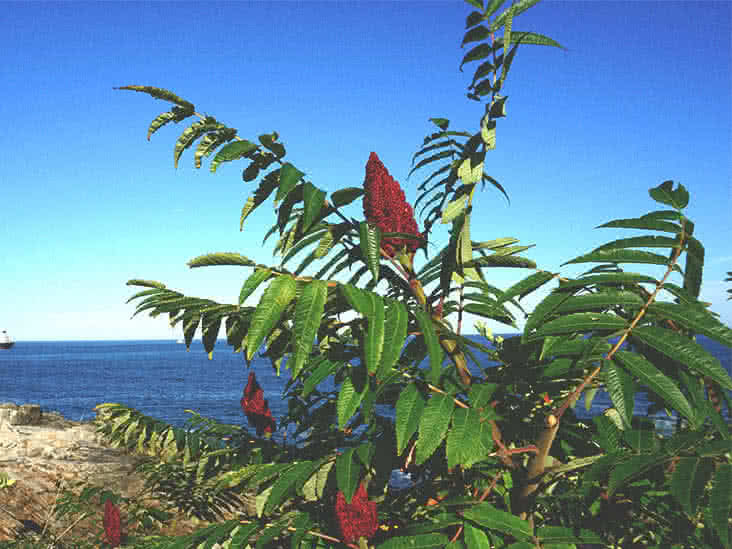
Poison Sumac Rash Pictures And Treatment

Sumacs The Good The Bad The Beautiful Kb Johnson S Nursery

Acokanthera Plants Poisonous Plants Plant Identification

Plants That Can Cause A Rash Poisonous Plants Plants Plant Rashes

Nature Notes Sumac A Misunderstood Plant Travel And Outdoors Fredericknewspost Com

What Is The Difference Between Sumac And Poison Sumac Vine

Poison Sumac Rash Pictures And Treatment
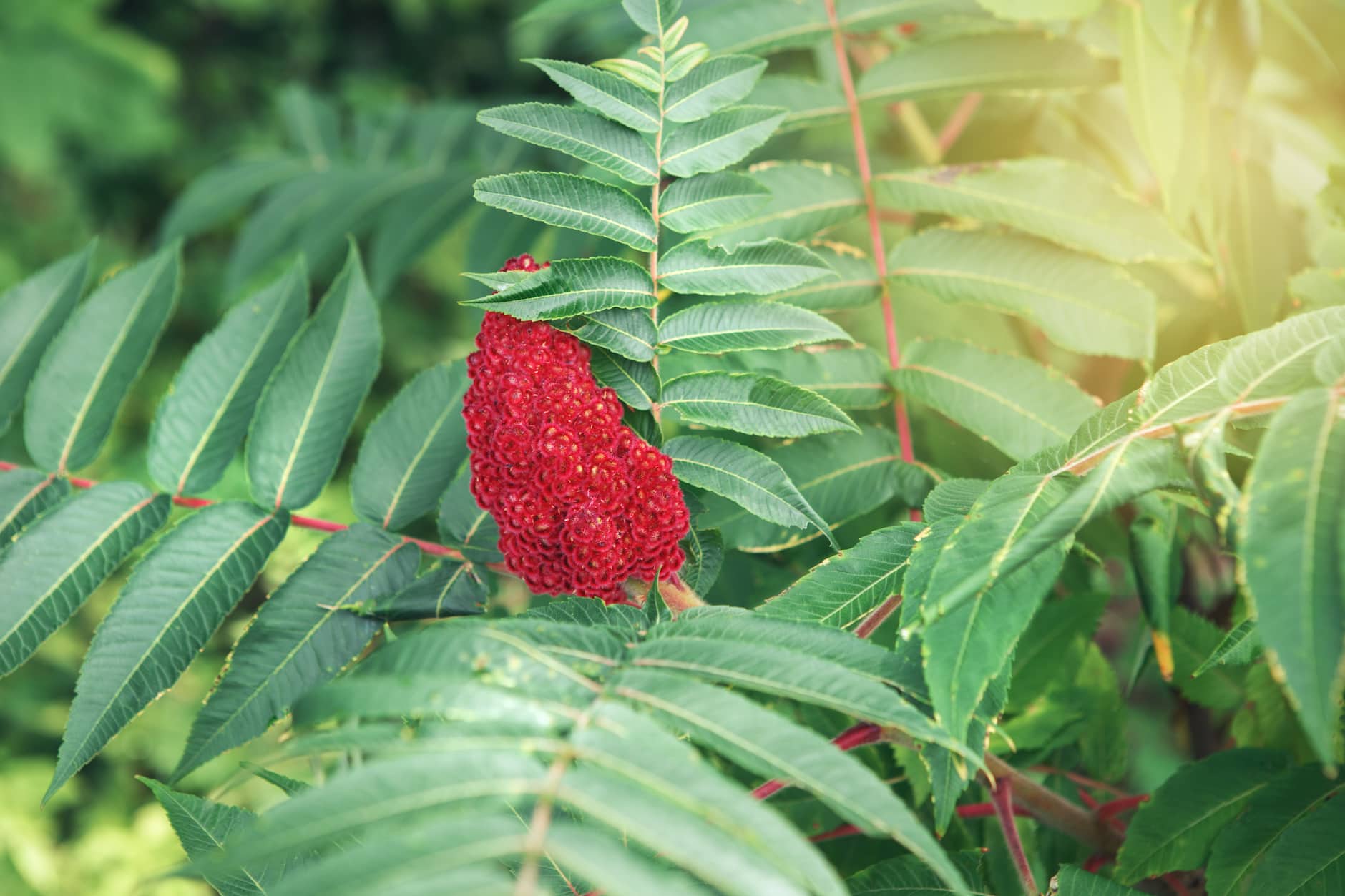
Wild Edibles Sumac Berries Farmer S Almanac

Poison Sumac Autumn Colors Poisonous Plants Poison Sumac Pictures Plants

Smooth Sumac Has Edible Berries And Poisonous But Medicinal Leaves Colorado Arts And Sciences Magazine University Of Colorado Boulder
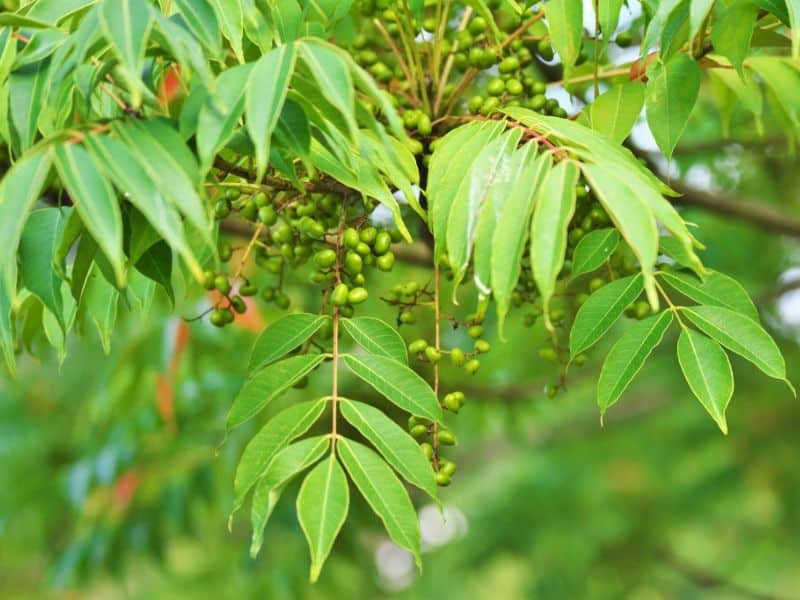
How To Get Rid Of Poison Sumac For Good
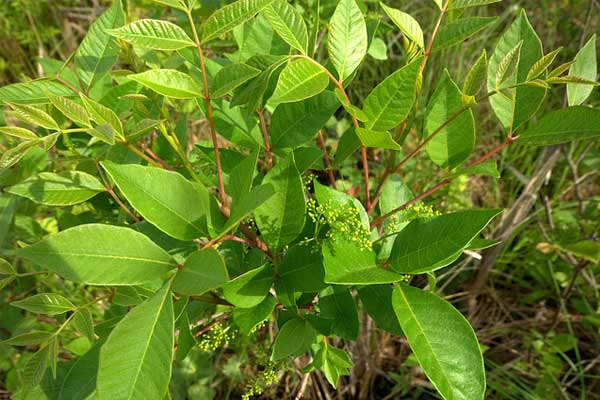
Poison Sumac Tips For Identifying And Avoiding This Poisonous Plant
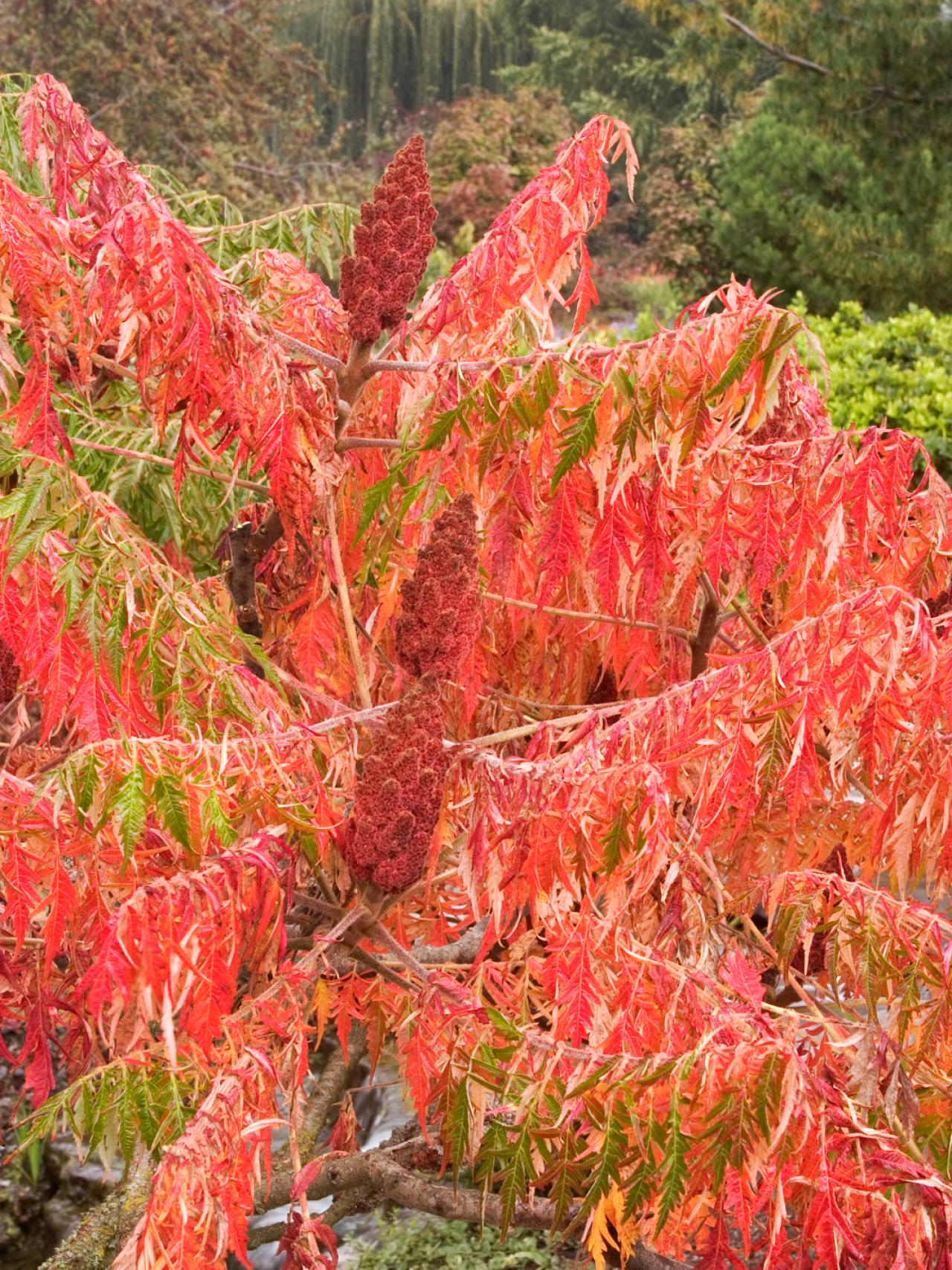
Sumac Trees Are Unsung Garden Trees Hgtv

How To Identify Remove And Treat Poison Sumac

22 Wild Foods You Can Find Right In Your City Wild Food Wild Food Foraging Wild Edibles
